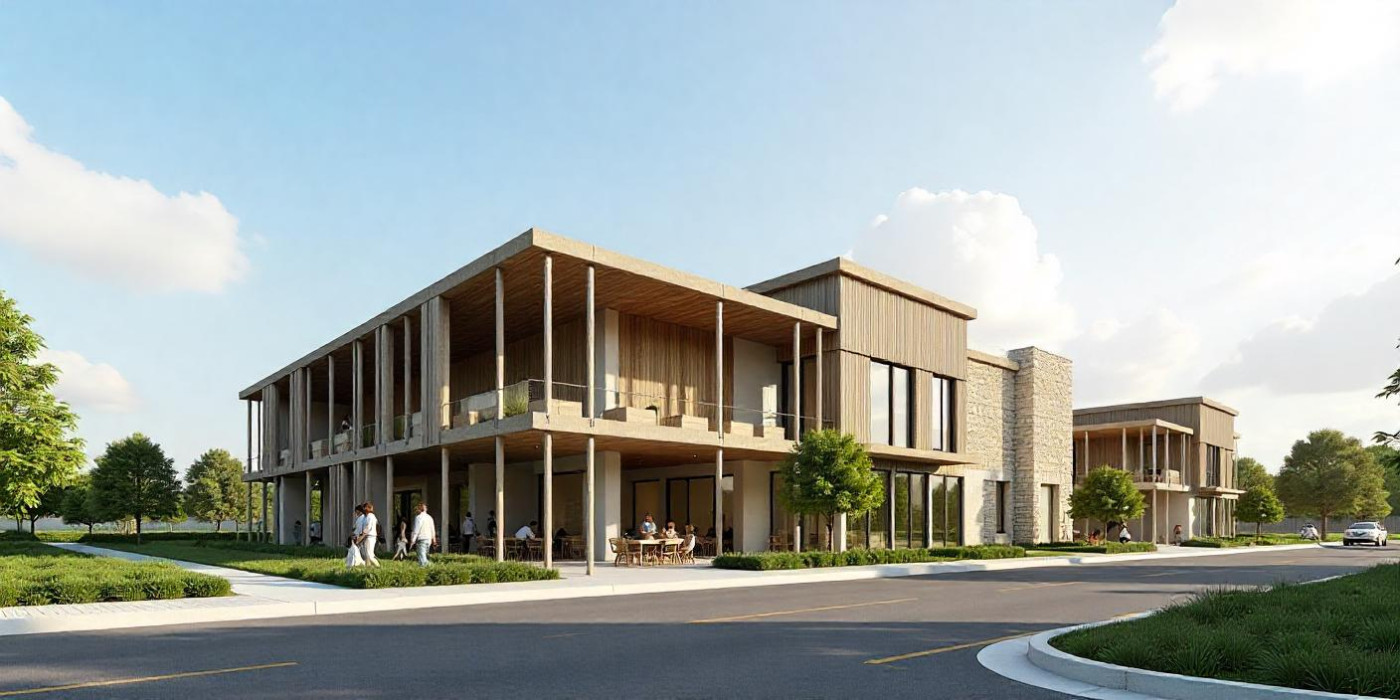
The construction industry, while essential for building our homes, schools, and infrastructure, has a significant impact on the environment. From towering skyscrapers to sprawling suburban developments, every project leaves a footprint. It's time to take a closer look at how construction affects our planet and what we can do to build a more sustainable future.
The Environmental Costs of Construction:
- Resource Depletion: Construction is a resource-intensive industry, consuming vast amounts of raw materials like timber, sand, gravel, and cement. This can lead to deforestation, habitat destruction, and the depletion of natural resources.
- Energy Consumption: From manufacturing building materials to powering construction equipment, the industry consumes a significant amount of energy, contributing to greenhouse gas emissions and climate change.
- Waste Generation: Construction generates a massive amount of waste, including demolition debris, packaging materials, and leftover building products. This waste often ends up in landfills, taking up valuable space and potentially polluting the environment.
- Water Pollution: Runoff from construction sites can carry sediment, chemicals, and debris into waterways, harming aquatic life and affecting water quality.
- Air Pollution: Construction activities release dust, fumes, and particulate matter into the air, contributing to respiratory problems and other health issues.
- Noise Pollution: Construction noise can disrupt local communities, affecting wildlife and causing stress for nearby residents.
Building a Greener Future:
The good news is that the construction industry is becoming increasingly aware of its environmental impact and taking steps to build more sustainably. Here are some key strategies:
- Green Building Materials: Using sustainable and recycled materials, such as reclaimed wood, recycled steel, and low-impact concrete, can reduce the environmental footprint of construction.
- Waste Reduction and Management: Implementing waste reduction strategies, such as on-site sorting and recycling, can minimize the amount of waste sent to landfills.
- Energy Efficiency: Designing energy-efficient buildings and using renewable energy sources can significantly reduce energy consumption during construction and throughout the building's lifespan.
- Water Conservation: Implementing water-efficient practices, such as rainwater harvesting and using drought-tolerant landscaping, can reduce water usage on construction sites.
- Pollution Control: Implementing measures to control dust, noise, and water runoff can minimize the impact of construction on the surrounding environment.
A Call to Action:
Building a sustainable future requires a collaborative effort from all stakeholders in the construction industry, including architects, engineers, contractors, and policymakers. By embracing green building practices, prioritizing resource efficiency, and minimizing waste, we can create buildings and infrastructure that meet our needs without compromising the health of our planet.
What can you do?
- Choose sustainable building materials and practices for your next project.
- Support companies that prioritize environmental responsibility.
- Advocate for policies that promote sustainable construction.
Together, we can build a future where construction and the environment can thrive in harmony.

 0 تعليق
0 تعليق
 04 Dec, 2024
04 Dec, 2024

Ahmed Maher
I am Ahmed Maher, Co-Founder of AM Training HSE Solutions. I have been working in the Health, Safety, and Environmental (HSE) Management field for over 18 years. Throughout this journey, I’ve had the privilege of gaining extensive experience across various industries, including oil and gas, construction, clean energy, and large-scale, internationally funded projects in the Gulf region.
Along the way, I have developed deep expertise in project management, consultancy, and professional training, ensuring millions of safe working hours in complex projects with zero incidents. My mission is to help safety professionals improve their skills and elevate their careers, setting themselves apart in the field.
Credentials:
HSE Expert, HSE Manager, Consultant (PMC & PMO), Co-Founder AM Training, Certified Trainer & Speaker, CertIOSH, Certified Safety Manager (CSM-NASP), IDSE Level-6, MIIRSM, TSP, TOT, ISO 45001
0 تعليق